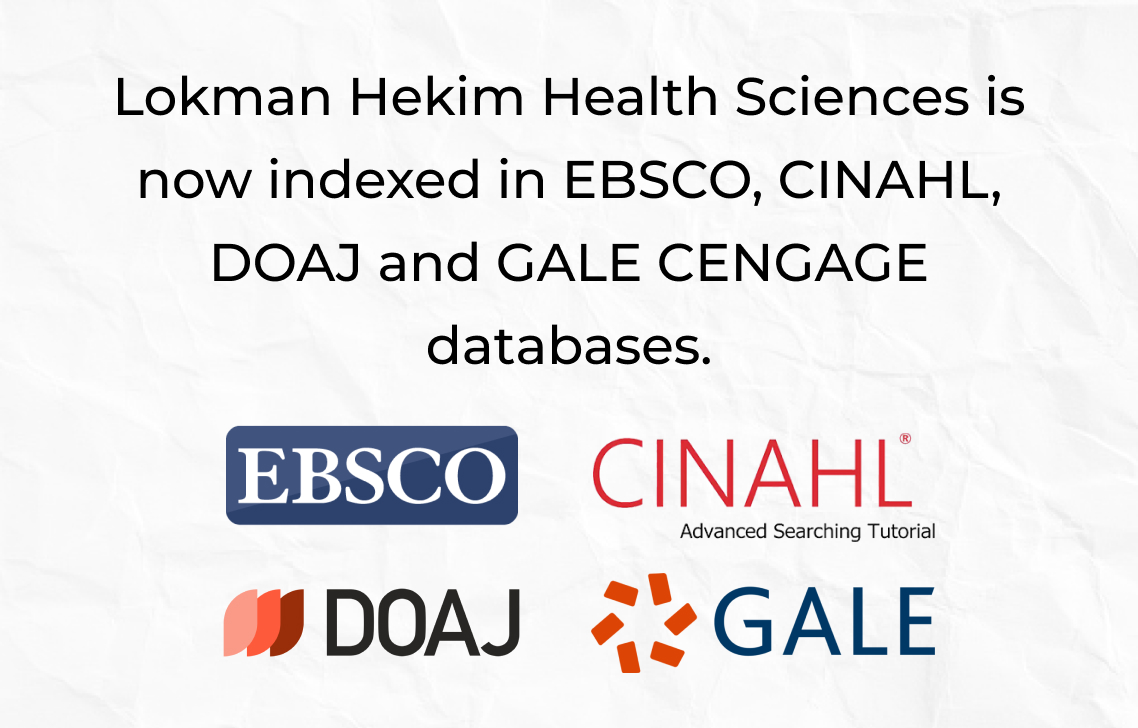2Department of Radiology, Medicine Faculty of Lokman Hekim University, Ankara, Türkiye
Abstract
Introduction: This study aimed to determine the factors predicting erectile dysfunction (ED) in patients who underwent inguinal hernia repair (ICR) in our hospital.
Materials and Methods: Patients who underwent ICR were reviewed retrospectively. The number of patients included in the study was 208. The patients were divided into two groups: Group 1 (non-ED) and Group 2 (developing ED). EF and testicular volume were evaluated with scrotal ultrasound and duplex sonography before and 3 months after surgery. Sexual function was assessed using a validated anonymized questionnaire International Index of Erectile Function. The results were reviewed using IBM SPSS v23.0. Postoperative complications were evaluated according to the Clavien Scale.
Results: The number of patients was 148 (71.1%) in Group 1 and 60 (28.9%) in Group 2. Of the patients, 17.2% (60/ 348) developed ED. According to the results of the multivariate analysis, age >40 years (OR: 14.64; 95% CI: 2.54–84.31; p=0.003), not having received perioperative narcotics (OR: 96.44; 95% CI: 16.82–553.05; p<0.001), having received perioperative antispasmodics (OR: 30.28; 95% CI: 5.38–170.45; p<0.001), presence of preoperative benign prostatic obstruction (BPO) (OR: 8.42; 95% CI: 1.21–58.81; p=0.032), and small preoperative testicle size (OR: 1.77; 95% CI: 1.25–2.50; p<0.001) increase the risk of postoperative ED.
Discussion and Conclusion: Advanced age, history of rheumatic disease and BPO, not using perioperative nonsteroidal anti-inflammatory drugs and narcotic drugs, using antispasmodic drugs, and having small preoperative testicular size increase the risk of ED.
2Lokman Hekim Üniversitesi Tıp Fakültesi Radyoloji Anabilim Dalı, Ankara, Türkiye
Giriş ve Amaç: Bu çalışmada hastanemizde kasık fıtığı onarımı yapılan hastalarda erektil disfonksiyonu öngören faktörlerin belirlenmesi amaçlanmıştır.
Yöntemler: Kasık fıtığı onarımı yapılan hastalar retrospektif olarak incelendi. Çalışmaya dahil edilen hasta sayısı 208'dir. Hastalar iki gruba ayrıldı; Grup 1 (ED olmayan) ve Grup 2 (gelişmekte olan ED). Ameliyattan önce ve ameliyattan 3 ay sonra skrotal ultrason ve dupleks sonografi ile EF ve testis hacmi değerlendirildi. Cinsel fonksiyon, onaylanmış anonimleştirilmiş bir anket (Uluslararası Erektil Fonksiyon İndeksi -IIEF) ile değerlendirildi. Sonuçlar, IBM SPSS v23.0 kullanılarak gözden geçirildi. Postoperatif komplikasyonlar Clavien Skalası'na göre değerlendirildi.
Sonuçlar:
Hasta sayısı Grup 1'de 148 (%71,1), Grup 2'de 60 (%28,9) idi. Hastaların %17,14'ünde (60/350) ED gelişti. Çok değişkenli analiz sonuçlarına göre yaş >40 (OR:14.64; %95 GA: 2.54-84.31; P değeri= 0.003), perioperatif narkotik almamış (OR: 96.44; %95 GA: 16.82-553.05; P değeri <0,001), perioperatif antispazmodik almış (OR: 30,28; %95 CI: 5,38-170,45; P değeri <0,001), preoperatif BPO varlığı (OR: 8,42; %95 CI: 1,21-58,81; P değeri =0,032) ) ve küçük preoperatif testis boyutu (OR: 1.77; %95 GA: 1.25-2.50; P değeri <0.001) postoperatif ED riskini artırır.
Sonuç: Sonuç olarak ileri yaş, romatizmal hastalık ve BPO öyküsü, perioperatif NSAİİ ve narkotik ilaç kullanmamak, antispazmodik ilaç kullanmak ve preoperatif testis boyutunun küçük olması ED riskini artırmaktadır.






 Faraj Afendiyev1
Faraj Afendiyev1 









